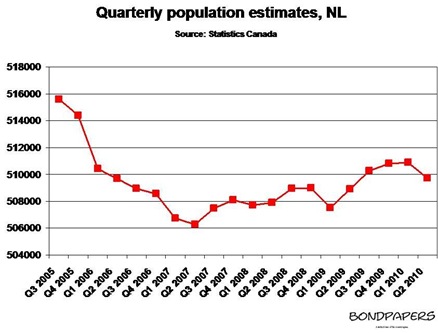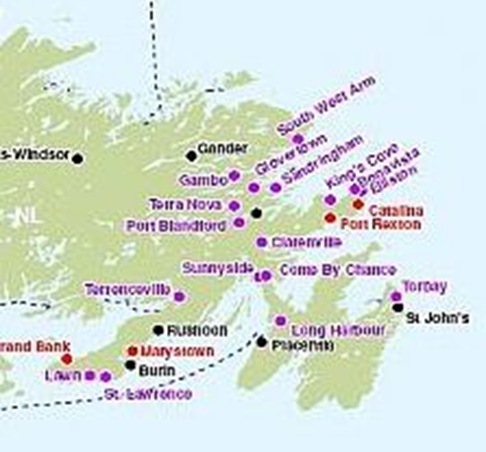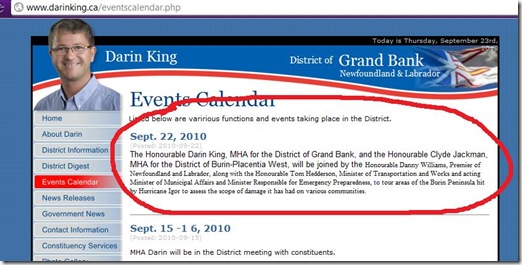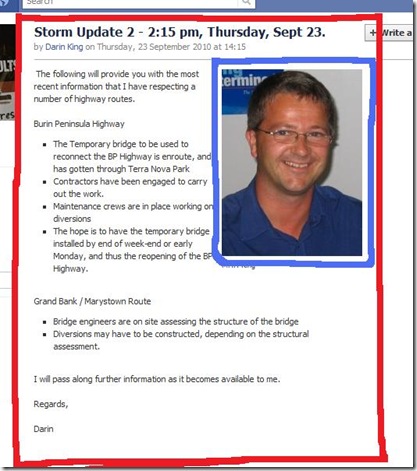Newfoundland and Labrador was the only province to experience a population loss in the second quarter of 2010, according to figures released Wednesday by Statistics Canada. The cause is primarily net interprovincial outflows, in other words outmigration. That’s also the first drop since 2008.
While the provincial government issued a news released last quarter trumpeting the gain of a mere 96 people, you are unlikely to see a release like it this month talking about a drop three times the size.
Here’s what the past five years looks like, by quarter.

Now it could be nothing at all but a blip. Then again, it could be a sign of things to come. Note that for the last three quarters the rate of growth has dropped dramatically. That suggests the steam was going out of things and that the Q1 results were the peak of the curve.
You can see that more clearly if you look at this chart:
 In less than a year, the province went from gaining 130 people in a quarter to losing 300.
In less than a year, the province went from gaining 130 people in a quarter to losing 300.
And actually, this could also mean that the North American economy is on solid footing. The change in migration patterns for Newfoundland and Labrador in Q3 2007 actually heralded the onset of the recession. A long-term analysis of provincial population suggests that the population grows shortly before major recession. Those are all people working elsewhere with relatively weak ties to the community who opt to come back to the province to weather the economic storm. When things pick up, they head off again.
And as much as the province’s finance minister may like to believe otherwise, odds are that is what’s going on again.
Great news, wot?
Well, not really. The longer term demographic problems that come with that aren’t ones the current administration and its unsound financial and economic management are not ready to cope with. Not by a long shot.
Don’t forget that in this pre-election and pre-leadership period, you can bet the government won’t be willing or able to do much to start adjusting to cope with the harsh reality of the economy and demographics. In fact, the next 18 months are basically a write-off for serious government decisions to deal with the problem.
On top of that you can forget the period between the election and whenever the new Premier arrives to replace the Old Man. And if that doesn’t wind up happening happen until a couple of years before the 2015 election you can almost write off dramatic policy shifts until that election is history as well.
Wow.
Not to worry sez you. There’s oil.
Sure there is.
Unfortunately, production and royalties won’t be able to cope with the demand for added revenue. There’s not much else going on to take up the slack and for good measure, the current administration plans to use oil money to fuel increases for education and health care and use exactly the same money to build the $14 billion Lower Churchill project.
Here’s lookin’ at you, kid…
…as you leave the province again.
At least we’ll always have Ottawa.
- srbp -





